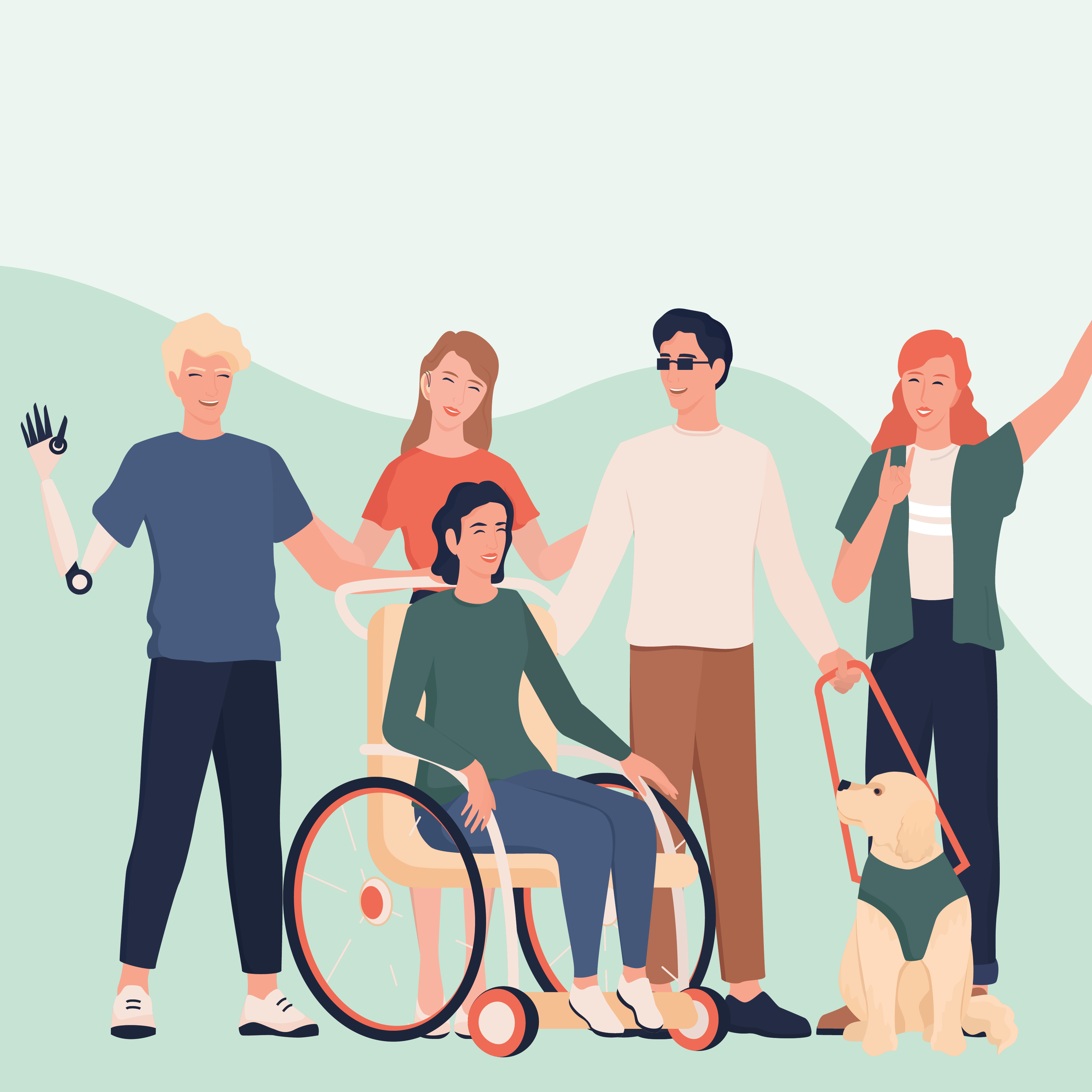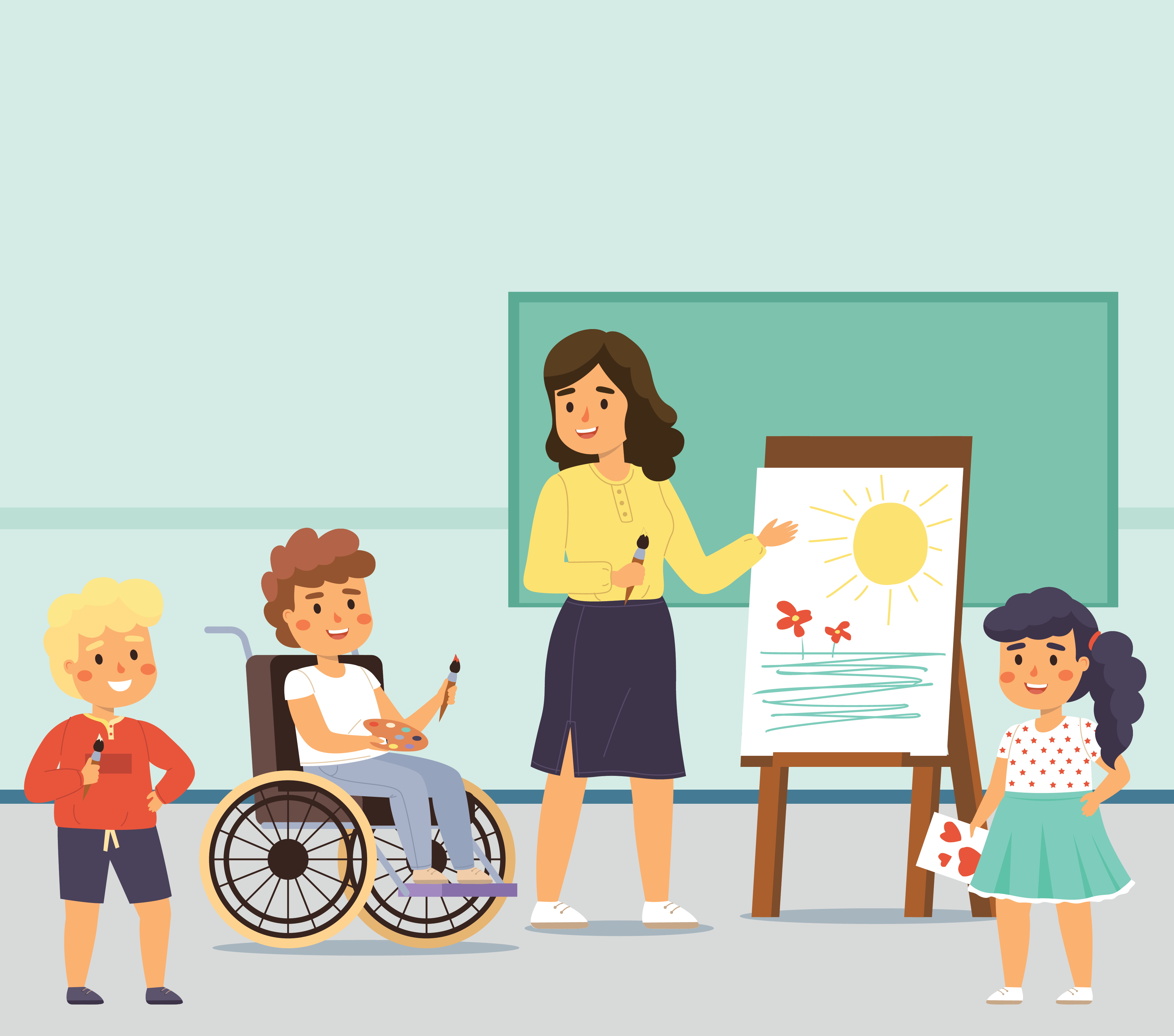
Community Networks
Strengthening local systems and leveraging trusted partners
Introduction
It is fundamental to put communities at the centre of their own solutions, giving people the essential knowledge, skills and resources needed to make informed decisions about their own lives, and the confidence to demand, own and drive social change. Strengthening local governance systems and building ownership, both within government and within communities themselves, increases community participation, collaboration and voice, for more effective results.
A strong local system advocates for:
Incorporating the voice of communities in the development of policies and in government decision-making;
Putting processes in place to ensure meaningful participation and representation of community diversity in design, implementation and tracking of progress;
Ensuring marginalized groups are identified and mechanisms for inclusion are implemented, such as two-way communication and feedback;
Fostering forms of leadership and diverse voices in decision-making, to reduce power inequalities.
Community ownership setting up individuals who represent the aspirations of core families and kinsmen, neighbourhoods and other local structures to share resources and responsibilities, in order to help design and manage projects and programmes that matter to them. When they are active participants, there is greater potential for projects and interventions to be sustained, benefits equitably shared, and community capacity and confidence strengthened, increasing community readiness to tackle more relevant and complex challenges.
‘Local system(s)’ refers to the interconnected sets of local actors who influence or have a stake in a project, plan or development. These actors usually include diverse community members (all abilities, ages and identities), civil society organizations, the private sector, academia and government.
‘Local governance’ refers to the way local decisions are made and implemented, including those related to the delivery of services for children, adolescents and their families.
Benefits and social/behavioural objectives
Benefits
Strengthening local systems and leveraging trusted community partners is fundamental to the human rights-based approach, and to supporting results such as improving quality and utilization of services, making decision-making more accountable and transparent, increasing community diversity and representation in policy and practice design, empowering people and communities to have a voice in decisions that directly affect their lives, and supporting the equitable distribution of services. See Community Engagement.
It is also essential to broader sectoral system strengthening, either as a part of the overall system or as two interacting systems that support one another. For example, increasing social accountability of sectoral systems through empowering community-based organizations and leaders to represent the most deprived; facilitating community participation in policy formation; improving the quality of services through improving community health worker capacity; and strengthening emergency response capacity through investing in community resilience and preparedness.
It is difficult to imagine any community-oriented project that would not benefit from sincere and long-term community systems strengthening and the leveraging of local strategic partners.
Social/behavioural objectives
- Systemic commitment. Establishing core engagement standards helps ensure that basic criteria and ethical standards are met. For example:
- ensuring sufficient inclusion – engagement not just with a few select individuals, but with all abilities, ages and identities within a community for adequately diverse and responsive services, including local decision-makers and traditional leaders (clan/kinship leaders and elders, administrators, religious leaders, youth and women leaders);
- instituting meaningful participation processes and representation of different community members in leadership and decision-making, to ensure marginalized voices are heard and to reduce power inequalities;
- setting expectations and standards for identifying and including marginalized groups, to ensure their needs are met;
- promoting two-way communication and broader feedback processes, to engage such groups and promote transparency, accountability and consistent collaboration;
- helping communities understand and claim their rights, to ensure that core standards for engagement are upheld throughout our systems.
- Prioritizing community participation in design, implementation and assessment of programmes. This means placing community needs at the forefront, by recruiting community organizations or representatives, documenting the issues that impact them most, and tying research and evaluation to community structures in an effort to foster collective ownership. In addition, investment in training and resources will support mobilizers and frontline workers in engaging with community members.
- Integrating community engagement into wider systems strengthening approaches. Aligning community engagement approaches with government frameworks, policies, strategies, operational guidance and accountability frameworks can ensure that engagement is a sustained priority, rather than a one-off. Carving out dedicated space for community engagement may require creating or strengthening units dedicated to community engagement, SBC and social mobilization at the ministry level and across multiple sectors, and/or establishing a partner coordination platform to optimize community engagement interventions.
- Mobilizing resources for meaningful, long-term community engagement. Thoughtful, long-term community engagement needs money and manpower. Well-resourced, capable staffing and management structures and policies are vital to support engagement activities. A percentage of the budget should be allocated to community engagement actions that align with national plans.
Example community engagement interventions
- In Yemen, community engagement interventions were used to sensitize the public to COVID-19 prevention practices and physical distancing guidelines. These included developing platforms for dialogue and awareness-raising by engaging religious leaders in mosques, organizing events, making H2H visits and strengthening feedback systems.
- In Syria, localized community engagement and risk communications approaches were used to support COVID-19 pandemic preparedness. These included collecting local social and behavioural insights, conducting RCCE training focusing on behavioural awareness-raising, creating a comprehensive toolkit with behavioural messages and locally produced IEC materials, and developing a public information campaign involving local influencers and networks.
- In rural Myanmar, accountability to communities was strengthened through disaster risk reduction activities. These included information provision, community participation in decision-making and two-way feedback mechanisms.
- In Ghana, religious leaders and community opinion leaders were trained in interpersonal communication skills. This led to 650,000 community members from 520 communities in 26 districts engaging in COVID-19 prevention conversations.
- Restless Development trains young volunteers to become Youth Accountability Advocates to identify priority issues in their communities, build coalitions and partnerships to tackle them, lead campaigns for local and national change, and hold decision-makers to account. In a company survey (2020), 98% of change agent volunteers in the community felt their volunteering had had a positive impact.
These programmes have all identified the real needs of the disadvantaged populations and figured how to involve them. Along the way, other challenges previously experienced by the same populations have been alleviated as mobile money transfers expand, solar systems increase and children are immunized.
Implementation steps and checklist
It is important to understand and respect cultures and communities – their structure, social-economic and legal systems, norms and values. It is within these systems that social and behavioural changes can be made and sustained. This understanding can help you avoid unplanned, unsupervised and unsupported behaviours that result in unexpected programme outcomes.
Step-by-step outline:
- Understanding the challenge from the user and community lens
- Mapping of key stakeholders/experts
- Understanding the community social network
- Leveraging trusted community members
- Co-creating solutions with the community
- Leveraging trusted community members as a channel for intervention, building capacity for driving ownership, and updating the intervention based on changing context
Tips for strengthening local systems, building ownership and leveraging trusted partners:
a) Select relevant partners
b) Establish and institutionalize feedback/listening mechanisms
c) Build on existing knowledge framework to develop community-based solutions
d) Enhance institutional capacity for community dialogue and participation techniques
e) Activate peer-to-peer monitoring mechanisms
f) Build trust between relevant stakeholders at community level
g) Establish relevant and effective coordination mechanisms
h) Plan for local system engagement at policy level
i) Generate evidence to prove the effectiveness of local partner ownership and its capacity to organically adopt and promote behaviours
The table below guides you through an example process for community empowerment and the actions different actors can take at different levels.
Level | Example challenges | Example lessons learnt | Example solutions |
|---|---|---|---|
Community (partners) | • Has the disease • No medicine • Initial sceptical attitude towards the medicine or any interventions new to them | • Their way of solving the problem versus the programme way • Through mobilization and education, understanding the treatment process | • Training community members to distribute the medicine • Knowledge and confidence of the community/family members themselves |
Intermediate levels (partners) | • Sceptical attitude towards community-directed treatment • Shortage of staff • Cost issues | • Understanding what communities know about the problem and how they have been solving it • Understanding that they can’t do it all alone and therefore need auxiliary workers from community members • There are things that communities can do for themselves in almost every programme | • Training health workers and leaders • Selection and training of adequate community selected and directed workers |
National / district health services (partners) | • Sceptical attitude towards community-directed treatment • Shortage of staff • Cost issues | • Understanding their role in sustaining programme activities • Some local resources and solutions exist at these levels | • Identifying required internal resources at these levels • Identifying required external resources |
UN agencies (partners) | • Sceptical attitude towards community-directed treatment • Limited human resources • Cost issues | • Knowledge of what communities can do for themselves • Importance of community-directed interventions | • Improving advocacy for community-directed interventions • Regular monitoring of the programme |
Measurement
Evidence suggests that programmes or interventions that strengthen local relationships and build local capacity are more likely to be sustainable. Measurement systems need to monitor and assess both outputs and outcomes of community interventions, as well as the conditions that allow community ownership and systems strengthening to occur.
Measurement systems entail:
- Expanding the conception of a result to include the key attributes of a well-functioning system, and the outputs and outcomes it produces.
- Developing reliable ways to measure those attributes. Adding measures of system durability and adaptability to existing indicators of project outcomes provides a more insightful basis for assessing the effectiveness of investments, and for reporting progress in meeting near-term targets and attaining longer-term sustainability.
For guidance on how to collect social and behavioural insights, see this tool.
Partnerships
Partners should include all stakeholders at every level of the programme. This can include:
- National/policy-level stakeholders, including government and UN agencies. Responsible for aligning community engagement approaches with government frameworks, policies, strategies and operational guidance; advocating for the development of strategies that enforce community-level voices in government decision-making; and supporting the development of a partner coordination platform to optimize community engagement interventions
- District and local government structures at systems level. Responsible for putting processes in place to ensure meaningful participation and representation of community diversity in design, implementation and tracking of progress; and for mapping and contacting local partner organizations, traditional leaders and influencers during planning and preparation of interventions
- National and international NGOs. Responsible for advocating for the rights of communities and bringing diverse voices and perspectives to national and international audiences
- Community-based organizations. Responsible for identifying marginalized groups and implementing mechanisms for inclusion, such as two-way communication and broader feedback; fostering new leadership and diverse voices (including the most vulnerable) in decision-making, to reduce community-based power inequalities; and helping communities to know and claim their rights.
Key resources
- The Global Fund’s Technical Brief: Community Systems Strengthening
- USAID’s Guide to Strengthening Community Health Systems
- Make Me a Change Agent: A Multisectoral SBC Resource for Community Workers and Field Staff
- Local Systems: A Framework For Supporting Sustained Development
- UNDP’s Guidance on Community systems strengthening for improved health outcomes

Do - Community Networks
Download this article as a PDF
You can download the entire page as a PDF here






